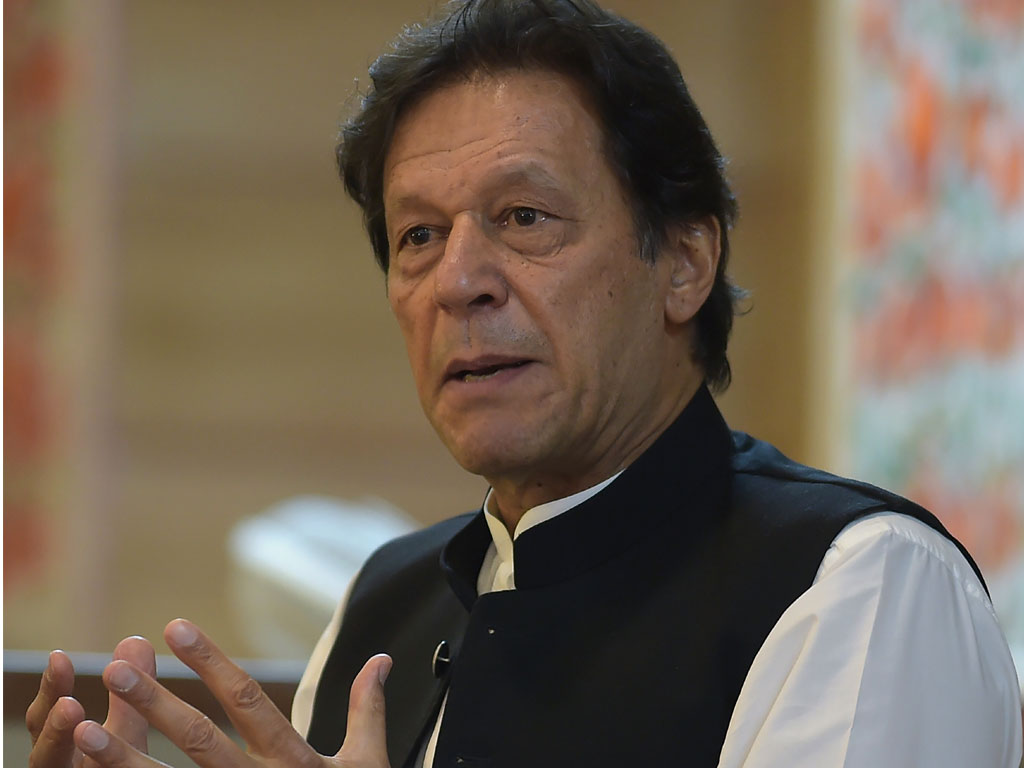 “We can provide food security to the Middle East,” so said PM Khan last week at the groundbreaking ceremony of Air University campus in Islamabad. Can we really?
“We can provide food security to the Middle East,” so said PM Khan last week at the groundbreaking ceremony of Air University campus in Islamabad. Can we really?
If the central bank’s The State of Pakistan’s Economy 3QFY19 report is any guide, Pakistan ranks eighth in wheat production, tenth in rice, fifth in sugarcane and fourth in milk production. But that doesn’t necessarily mean we can provide food security to the Middle East.
In the simplest of terms, the United Nation’s Food and Agriculture Organisation (FAO) defines food security “to exist when all people, at all times have physical, social and economic access to sufficient, safe and nutritious food which meets their dietary needs and food preferences for an active and healthy life”.
In order to achieve this, it is obviously important to have sufficient quantity and acceptable quality of food, availability of resources to access food and a stable source of food accessibility, unaffected by sudden price changes and/or cyclicalevents. But it is equally important to have proper utilization of food combined with clean water, access to health care and proper sanitation to ensure nutritional well-being. In other words, food security is a far more holistic concept than people imagine. Pakistan’s poor performance on each of these wider aspects of food security is rather well known.
A country need not produce all the food its people eat. But it has to have exportable surplus of food and non-food goods and services to be able to import food that it doesn’t produce. This means food security is also affected by overall balance of payments.
According to the FAO’s Food Insecurity Experience Scale ‘mild insecurity’ refers to “worrying about the ability to obtain food”, ‘moderate insecurity’ means compromising on the quality of food or missing meals, while ‘severe insecurity’ refers to being “hungry on a chronic basis”.
In specific terms, 60 percent of Pakistan’s population and about 37 percent households are food insecure according to The State of Pakistan’s Economy 3QFY19 report by the State Bank of Pakistan (SBP), whereas about 20 percent of Pakistan’s households are facing ‘severe insecurity’.
This has led to serious malnutrition. The World Food Programme’s recently estimated that 15 percent of Pakistan’s children below five years of age suffer from acute malnutrition, 32 percent are underweight and majority of the children under two years of age do not consume even half of their daily energy requirements. These statistics are quite alarming considering Pakistan has a growing youth bulge. If today’s generation is malnourished, their contribution to the economy in future is questionable. Already according to The State of Pakistan’s Economy 3QFY19 report by the SBP, malnutrition in Pakistan affects the economy by 3 percent of GDP annually.
So, can a country like this really provide food security to another country?Perhaps only after a decade or two of investments in agriculture, water, value chain, health care and all other ancillary affairs. PM Khan would do well not to signal lofty promises to the Middle East, when Pakistan is struggling with food security herself.
























Comments
Comments are closed.